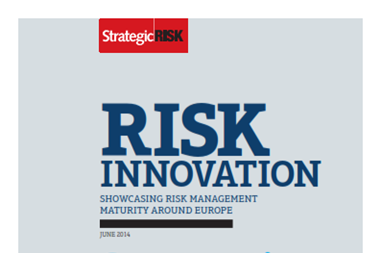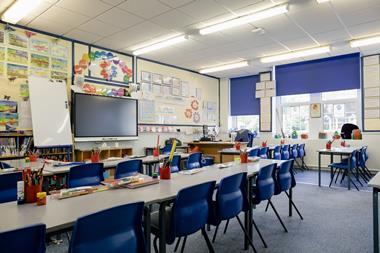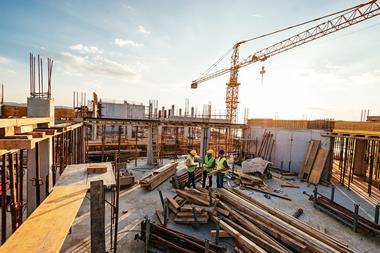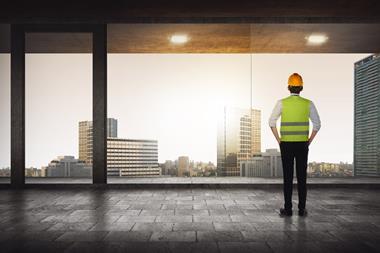Sustainability is a significant challenge for the construction industry. But as governments demand action and the market grows apace, the issue has become impossible to ignore
Somewhere in the world, a family is stepping down off a country bus, full of hopes and dreams for a new life.
Every year, about 66 million people worldwide move into cities – which means we are building the equivalent of a New York every 100 days.
“This is a huge resource challenge for the world,” says Chris Whitehead, head of sustainability and innovation at Balfour Beatty.
Construction is an enormously resource heavy sector. “We use vast amounts of water, timber, cement and steel,” says Whitehead. “It is very carbon-intensive. If you look at the carbon footprint of developed countries, such as the US, more than 50% is from construction, building use and infrastructure.
“The big challenge is how to decarbonise the sector and make it more sustainable.”
The starting point for any firm is defining what sustainable means for it – the challenge is to make it meaningful and relevant. But more than that, the challenge for risk managers and others is to show that failure to get behind the sustainability agenda presents a real business risk, not only in terms of environmental degradation, but in missing out on a rapidly expanding market.
Just because the UK has yet to move decisively on green legislation, that does not mean it is not happening elsewhere in the world – and at a rapid rate. According to Whitehead, 26% of Balfour Beatty’s US turnover is in green infrastructure.
“[The US] is implementing a green agenda faster that we are,” he says. “Legislation already exists there in many areas, including the obligation to publish your energy use. We have shrunk away from this in the UK so far. But sustainability is in many ways already driving the market in the US.”
In addition, these changes are by no means limited to the developed West, and firms looking to expand and invest in the BRICs need to be ready to talk sustainability.
“I think the issue of sustainability in construction is spreading,” says Whitehead. “For example, it is already spreading into China. Before you reach a carbon pressure, you reach a pollution pressure, and the Chinese authorities are keen to improve air quality by improving construction.
“You can see similar trends emerging in Brazil and, of course, the Scandinavian countries have been steaming ahead with this for some time now.”
Failing to grasp the global direction of travel means missing out on new opportunities and even new markets. “The risk is failure to address this opportunity and act on it,” says Whitehead.
Human capital
But sustainability is not only about improving environmental standards – the industry needs to work to manage the risk to its longevity posed by changing working practices.
“We are seeing rapid changes in the sector,” says Whitehead. “Human capital is becoming more of an issue. For example, there is a strong trend towards more collaborative working – and you need people who can work in that way, otherwise you are missing out on a major share of the market. You cannot take it as a given.
“Increasingly, we are seeing a larger interface with technology, and you need people with the skills to handle that technology. We also need to help individuals manage their health and keep working longer – and that means better materials handling, otherwise you get guys in their 50s who just can’t manage to cart bricks around site.
“The risk is that if you cannot handle these changes, your business is in trouble.”
This article was first published in StrategicRISK’s Construction Report, published in association with Zurich. To download a copy of the full report, click here




















No comments yet